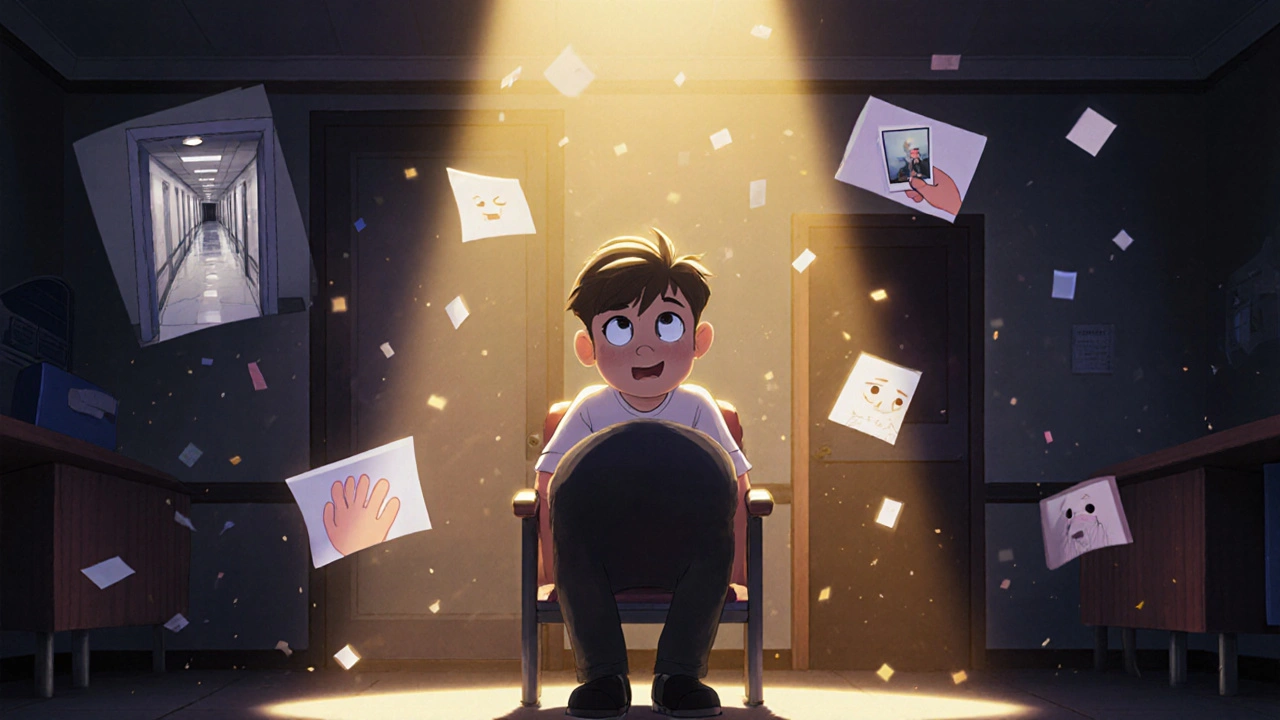Tears in Film: Why Emotional Moments Move Us on Screen
When a character breaks down on screen and you feel it in your chest, that’s not just acting—it’s tears in film, the raw, unfiltered emotional truth that makes cinema feel real. This isn’t about waterworks for the sake of drama. It’s about moments where the story, the performance, and your own memories collide—and you can’t look away. These aren’t random scenes. They’re carefully built: a pause too long, a voice that cracks just right, silence after a line that changes everything. And when they work, they stick with you longer than any special effect.
film psychology, how our brains process emotion through moving images explains why some tears feel earned and others feel cheap. It’s not about the reason for the cry—it’s about the build-up. A mother losing her child? Maybe. But a quiet goodbye after years of silence? That’s the kind that lingers. emotional cinema, films designed to trigger deep, personal responses doesn’t shout. It whispers. It lets you fill in the blanks. Think of the last time you cried at a movie—was it because something terrible happened, or because you saw yourself in that moment?
And it’s not just about sadness. authentic storytelling, narratives grounded in real human experience makes tears possible. You can’t fake vulnerability. That’s why films like The Father or Marriage Story hit harder than any action climax. They don’t need loud music or slow motion. They just need truth. The best crying scenes in film don’t ask you to feel sorry for someone—they ask you to recognize them. And that’s why you cry.
What you’ll find below isn’t a list of sad movies. It’s a collection of moments where tears weren’t just shown—they were felt. From quiet glances to explosive breakdowns, these posts dig into how filmmakers make us feel without saying a word. You’ll see how sound design, lighting, and even the space between lines can turn a scene into something unforgettable. No fluff. No clichés. Just real stories that made people cry—and why they still do.
Crying on cue isn't about forcing tears-it's about accessing real emotion. Learn how actors create authentic tears using memory, physiology, and emotional truth, and why the industry is moving away from fake crying techniques.
View More

